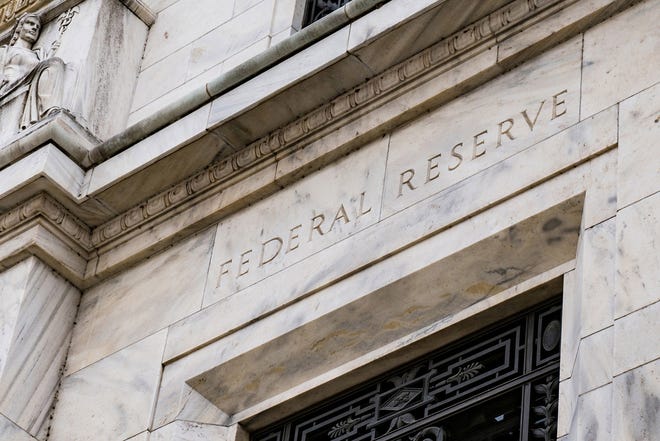On Wednesday, the Federal Reserve Open Market Committee (FOMC) announced that they will begin reducing the $120 billion monthly asset purchases soon. Economists and market participants welcomed their cautious approach for two reasons: (1) America’s growth rate is slowing, and (2) Our inflation rate is above projections.
The Fed’s light touch was a boon to the markets. The Dow Jones Industrial Average enjoyed its biggest two-day rally in more than six months. Our economy can withstand the reduction of pandemic stimulus measures. The Fed’s easy money policies have swollen the balance sheet of U.S. households net worth to a record $141.7 trillion as of June 30.
Timothy Horan, chief investment officer of fixed income at Chilton Trust, summed up the mood. He said, “The patient, the U.S. economy, is no longer in the emergency room and needing life support … the Fed is telling us that they expect growth to slow down, and not a derailment that plunges the U.S. economy into a recession.”
Federal Reserve Chairman Jerome Powell said, “While no decisions were made, participants generally viewed that so long as the recovery remains on track, a gradual tapering process that concludes around the middle of next year is likely to be appropriate. For now, the committee voted unanimously to keep short-term rates anchored near zero.”
The most pressing problem is inflation. The FOMC projected that core inflation increased 3.7% this year. Fortunately, the FOMC forecasts that inflation will drop to 2.3% in 2022. Their traditional goal has been 2% inflation.
Central bankers recognize that “our transitory” inflation is lasting longer than expected. 2.3% is the highest core inflation forecast since projections were first published in 2007. Therefore, the timetable for increasing rates could be the second half of 2022. A few months ago, a majority of FOMC officials did not expect to raise rates until 2024.
Powell blames much of our inflation on bottlenecks in the supply-chain and shortages resulting from the pandemic. Powell highlighted that the Atlanta Fed measure of sticky prices was up 2.6% annualized in August down from 5% in April. Economists believe that “sticky” prices (prices that do not respond to supply and demand) are a better guide on the upcoming course of inflation. If businesses are concerned about losing customers in competitive markets, they will try to keep prices stable. Medical care, movie tickets and drug prices tend to be stable.
America’s economy has recently slowed in large part because of supply-chain bottlenecks and concerns about the delta variant of the COVID-19 virus. The Organization for Economic Cooperation and Development said that the delta variant has slowed but not derailed the global recovery. They forecast an upturn in activity next year.
To some extent, the U.S. unemployment rate is a good proxy for our current economic activity. In September, the Labor Department reported that unemployment rate was 5.2%. Economists expect the unemployment rate to fall to 3.8% by next year and decline further to 3.5% by 2023.
Forecasting firm IHS Markit survey of business managers found that activity at service businesses reached a 14-month low in September at 54.5. A level above 50 points indicates that business will increase. By contrast, a number below 50 suggests a contraction.
U.S. restaurants, airlines, and other service-based businesses reported a slowdown in activity and a downturn in consumer sentiment. The flipside is that unemployment is projected to decline to 3.8% in 2022 and 3.5% in 2023.
As we approach the fourth quarter, we have conflicting economic signals. We have not solved our bottleneck problems, the upsurge in COVID cases has dented demand and challenged hospitals, and the legislative agenda remains a question mark. On the other hand, consumer demand remains strong, buttressed by the Fed’s easy money policies.
Originally published in the Sarasota Herald-Tribune




